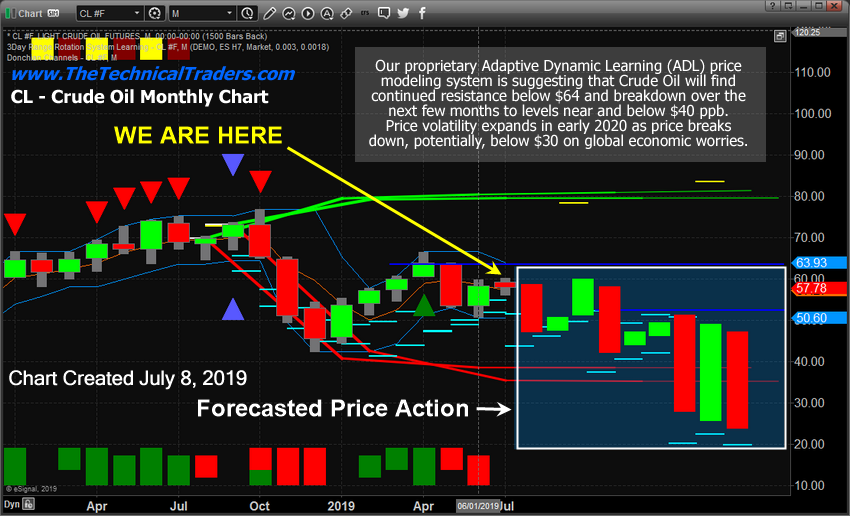News, again, drives the US stock market and major indexes higher as optimism of a US/China trade agreement floods the news wires. As we’ve been suggesting, the global markets continue to be news-driven and are seeking any positive news related to easing trade tensions and capital markets. We believe any US/China trade deal would be received as very positive news by the global capital markets – yet we understand the process of achieving the components of the “deal” would likely still be 6 to 24 months away.
Still, with the strength of the US economy and the potential that some deal could be reached before the end of 2019 setting positive expectations, the US stock market and major indexes rallied last Thursday and Friday (October 10 and 11). As the long holiday weekend sets up with no trading on Monday, it will be interesting to see what is potentially resolved between President Trump and the Chinese before the markets start to react on Sunday and Monday nights. Make sure up opt-in to our free-market trend signals newsletter.
Our research team wanted to highlight some very key elements related to technical price theory and technical analysis. These weekly charts highlight what we believe is “key resistance” in the US major indexes and share our research team’s concern that the markets may be reacting to news more than relying on fundamental economic and earnings valuations. In past articles, we’ve highlighted how a “capital shift” is continuing to take place where foreign capital is actively seeking safety and security for future returns. This leads to a shift in how capital is being deployed throughout the globe. Continue reading "Indexes Retest Critical Price Channel Resistance"


